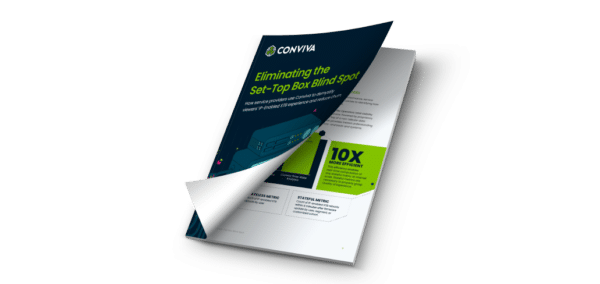
The recent announcement of HBO Now – a direct-to-consumer offering that removes the requirement to sign up for a cable or satellite (MSO) subscription – represents a significant movement in the development of Internet-delivered TV. HBO, one of the biggest names in media, is ‘cutting the cord’ and taking their content directly to viewers. It’s a wager that there is demand for the Game of Thrones-carrying service among the millions of potential consumers who aren’t paying for MSO services.
We all saw this coming, on some level, although nobody knew when the step would finally be taken. A few content owners – from Tennis Channel to CBS – have offered their content direct, but HBO is a big enough name that it may be seen as declaring the OTT market ready and open for business. It represents the sort of transition that has been hinted at over the past 24 months, even as MSOs have supported some very sophisticated TV Everywhere services to keep wavering subscribers on board.
For those of us at Conviva who have spent the last few years working with premium providers to ensure TV-quality (and beyond!) viewing experiences over the Internet, this is an exciting day. It’s one thing to assure the world that OTT video is catching up with, and destined to overtake, traditional Pay TV; it’s quite another to see one of the biggest names in media make a strong and public commitment to the transition.
A key ingredient to the success of HBO Go in the past, and for HBO Now moving forward, is the commitment to a genuinely high-end viewing experience. Consumers are relatively forgiving of low-fidelity pictures and lots of interruptions when snacking on short, free clips on their smart phones. They are, however, substantially less patient and unforgiving when attempting to watch premium, paid content on large screens. Conviva data clearly shows that, when watching content over 40 minutes in length, just 1% of interruption time can drive consumers to reduce their viewing time by 24 minutes. In the context of a subscription service that relies on the viewer satisfaction to drive continued monthly commitments, this is the sort of knowledge that is crucial when building a sustainable business.
Make no mistake: now that HBO has taken the plunge, plenty more will follow. That’s not to say the path is without obstacles: most channel operators derive almost half of their revenue from re-transmission fees paid by MSOs. That’s not the kind of revenue stream that can be switched out overnight. But this declaration, that there is a real customer base that can be reached by going direct to viewers, lays down a challenge to the rest of the industry: who’s going to be there to vie for this audience, and who will be left behind?







